The Scottish Land Commission is recommending an increased role for land values in the tax base.
The report from the commission states that half of the UK wealth is tied up in land and property but it only forms 10% of the total tax base.
While much of the recommendations from the commission are aiming at property and urban land, farmers are likely to also fall under any tax changes.
The commission is calling for information on land ownership, value and use to be made publicly available through the introduction of a cadastral map approach.
Landowners are concerned that this is the first step to increased land taxation and red tape on farms.
Sarah-Jane Laing, chief executive of Scottish Land and Estates, said: “Bringing all land on to the valuation roll for non-domestic rates would be a mammoth exercise to complete.
“Scotland’s farming businesses would be caught up in a mountain of red tape, not to mention the uncertainty it would foster even if there are no plans for rates to be charged at present.
“As we have witnessed from the valuation exercise for deer forests and sporting rates, businesses which government claim will not be subject to rates are inevitably caught in the ratings valuation process, often with significant time and costs attached.”
However, others in the farming sector would welcome the move if future land taxation or tax relief incentivised longer and more stable tenancies and farm leases.
Offering income tax relief to encourage more letting of agricultural land would, however, require engagement on a UK basis to secure changes to what is a reserved power.
Scottish Tenant Farmers Association (STFA) managing director Douglas Bell said: “The current fiscal framework acts against the creating of new tenancies and STFA would like to see new fiscal policy to encourage long-term tenancies. STFA’s ‘Manifesto Asks’ published in the runup to the Scottish election last year requested a review of taxation and other fiscal measures affecting landlord and tenant decisions.
“The fiscal framework within which landlords and tenants make decisions has a strong influence on the letting of land.
“Recent simple amendments to that fiscal framework in the Republic of Ireland have demonstrated how fiscal changes can bring about immediate change to how land is let, in particular lengthening the terms of new leases.”
Carbon land value
The report also recommends using taxation to secure “a productive balance of public and private benefit from future carbon values”. The authors recognised that land values could spike as companies drive to offset carbon through tree plantation.
Scottish Land and Estates wants to see more research in this area. The organisation said “only last month Scottish Land Commission researchers engaged to examine the effect of natural capital and carbon value on land sales. With the Scottish government setting ambitious forestry and peatland restoration targets, much of which is already being delivered through private landowners, it may be counterproductive to introduce taxation changes which could impinge the pursuit of net-zero by 2045.”
Key recommendations
Bring all land on to the valuation roll and registers of Scotland. Change land taxes to diversification of ownership. Taxation to secure a productive balance of public and private benefit from future carbon values. Potential for an income tax relief to support letting of agricultural land.Island farmer opportunity
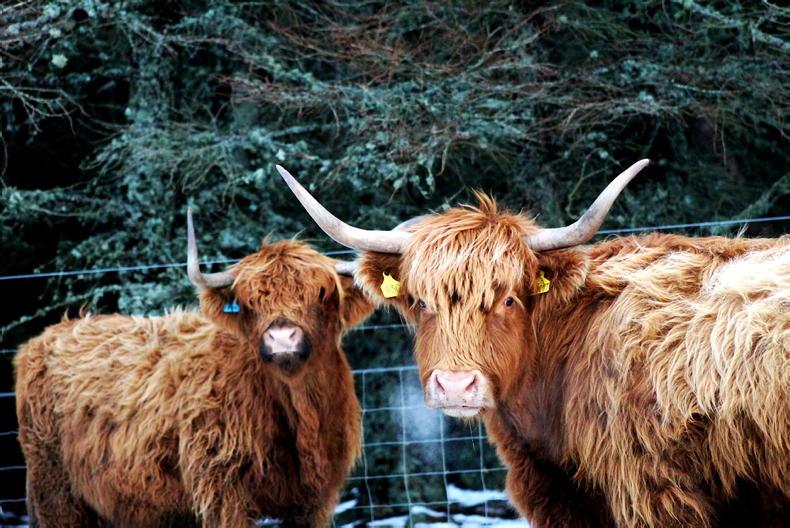
Working with Highland cattle is offered as part of the livestock manager on Ulva.
The North West Mull Community Woodland Company (NWMCWC) is looking for someone to run its cattle and sheep farm on the Isle of Ulva.
The 2,000ha island off the west coast of Mull was purchased by the NWMCWC in 2018 with an aim to reintroduce and grow agricultural activity while delivering wider environmental benefits.
Alongside the island’s flock of sheep, 30 Highland heifers were purchased in 2020 and numbers have grown since. There has also been large-scale fencing and restoring dykes alongside bracken control as the island comes back into life.
The NWMCWC is offering a part-time stockperson position which it hopes will grow into a full-time position as livestock numbers grow. NWMCWC director John Addy says the long-term aim is to build the farm back up to a state where a farm tenancy could be offered.
The role will be for the duration of around two and a half years, starting on 1 April 2022, and will require an average of 61 hours per month for the first year, then 76 hours a month from 2023 onwards, when the cattle herd will be producing calves.
The salary depends on qualifications and experience, but will be between £732 and £912 a month for the remainder of 2022, increasing to between £976 and £1,216 from 2023.
The livestock manager position will be offered later in spring, with a recently refurbished four bedroom house on the farm. Interested parties are asked to contact the Scottish Land Matching Service at SLMS@nfus.org.uk
Maximising grassland fertiliser
As nitrogen prices show little sign of dropping soon, farmers need to focus on nutrient efficiency, not just cost saving, according to Christine Beaton at SAC consulting.
Nutrient efficiency is dependent on various factors, one of which is soil pH, so it would be prudent to use up to date soil sample results to prioritise fertiliser applications to individual fields this spring.
Between 1997 and 2017, 30% of grassland soil samples submitted to SAC laboratories had a pH between 5.6 and 5.8 and 32% of samples were below 5.5. At a pH of 5.5 and with nitrogen currently at £675/t, for every 125kg/ha of product applied, 23% of that product is not available to the plant, the equivalent cost of £19/ha, money better spent on lime.
Soil with a pH of 5.5 utilises only 53% of phosphorus compared to 52% at a pH of 6. Only 52% of potash is utilised at a pH of 5, while at 6 a full 100% is available to plants.
Timing of nitrogen applications is also critical to nutrient efficiency. First applications should not be made on to saturated soils and not before soil temperatures are between 5°C and 6°C and rising, which will coincide with perennial ryegrass coming to life.
The response to early nitrogen in spring ranges from 5-18kg DM/kg N applied depending on soil and weather conditions and can rise to 30-40kg DM/kg N in May as conditions improve.
Value for money will be achieved by balancing the supply and demand of grass with applications of N made when the response in growth is greatest and to soils with a pH which enables availability of the nutrients.
Red diesel motion
Orkney and Shetland MP Alistair Carmichael has lodged a motion on the new red diesel rules which prohibit its use for charity tractor runs and ploughing matches. The UK most northerly MP wants the rules amended to allow tractor runs to be classified as agricultural activity and permit red diesel.
“It beggars belief that HMRC seriously expect people to flush out their red diesel in order to join a tractor run,” said Carmichael. “Do they really think the greatest scourge of tax fraud in this country is caused by farmers joining the occasional social or charity event? A little sense of proportionality and practicality from HMRC would not go amiss.”
Scheme deadline
NatureScot are inviting expressions of interest to be submitted by 12pm on 18 February for funding of £25,000-£250,000 for wildlife and habitat restoration and management projects with biodiversity and climate benefits, including the control of invasive non-native species with negative impacts on nature. Applicants may then be invited to submit a full application by 11 of March.
The Scottish Land Commission is recommending an increased role for land values in the tax base.
The report from the commission states that half of the UK wealth is tied up in land and property but it only forms 10% of the total tax base.
While much of the recommendations from the commission are aiming at property and urban land, farmers are likely to also fall under any tax changes.
The commission is calling for information on land ownership, value and use to be made publicly available through the introduction of a cadastral map approach.
Landowners are concerned that this is the first step to increased land taxation and red tape on farms.
Sarah-Jane Laing, chief executive of Scottish Land and Estates, said: “Bringing all land on to the valuation roll for non-domestic rates would be a mammoth exercise to complete.
“Scotland’s farming businesses would be caught up in a mountain of red tape, not to mention the uncertainty it would foster even if there are no plans for rates to be charged at present.
“As we have witnessed from the valuation exercise for deer forests and sporting rates, businesses which government claim will not be subject to rates are inevitably caught in the ratings valuation process, often with significant time and costs attached.”
However, others in the farming sector would welcome the move if future land taxation or tax relief incentivised longer and more stable tenancies and farm leases.
Offering income tax relief to encourage more letting of agricultural land would, however, require engagement on a UK basis to secure changes to what is a reserved power.
Scottish Tenant Farmers Association (STFA) managing director Douglas Bell said: “The current fiscal framework acts against the creating of new tenancies and STFA would like to see new fiscal policy to encourage long-term tenancies. STFA’s ‘Manifesto Asks’ published in the runup to the Scottish election last year requested a review of taxation and other fiscal measures affecting landlord and tenant decisions.
“The fiscal framework within which landlords and tenants make decisions has a strong influence on the letting of land.
“Recent simple amendments to that fiscal framework in the Republic of Ireland have demonstrated how fiscal changes can bring about immediate change to how land is let, in particular lengthening the terms of new leases.”
Carbon land value
The report also recommends using taxation to secure “a productive balance of public and private benefit from future carbon values”. The authors recognised that land values could spike as companies drive to offset carbon through tree plantation.
Scottish Land and Estates wants to see more research in this area. The organisation said “only last month Scottish Land Commission researchers engaged to examine the effect of natural capital and carbon value on land sales. With the Scottish government setting ambitious forestry and peatland restoration targets, much of which is already being delivered through private landowners, it may be counterproductive to introduce taxation changes which could impinge the pursuit of net-zero by 2045.”
Key recommendations
Bring all land on to the valuation roll and registers of Scotland. Change land taxes to diversification of ownership. Taxation to secure a productive balance of public and private benefit from future carbon values. Potential for an income tax relief to support letting of agricultural land.Island farmer opportunity

Working with Highland cattle is offered as part of the livestock manager on Ulva.
The North West Mull Community Woodland Company (NWMCWC) is looking for someone to run its cattle and sheep farm on the Isle of Ulva.
The 2,000ha island off the west coast of Mull was purchased by the NWMCWC in 2018 with an aim to reintroduce and grow agricultural activity while delivering wider environmental benefits.
Alongside the island’s flock of sheep, 30 Highland heifers were purchased in 2020 and numbers have grown since. There has also been large-scale fencing and restoring dykes alongside bracken control as the island comes back into life.
The NWMCWC is offering a part-time stockperson position which it hopes will grow into a full-time position as livestock numbers grow. NWMCWC director John Addy says the long-term aim is to build the farm back up to a state where a farm tenancy could be offered.
The role will be for the duration of around two and a half years, starting on 1 April 2022, and will require an average of 61 hours per month for the first year, then 76 hours a month from 2023 onwards, when the cattle herd will be producing calves.
The salary depends on qualifications and experience, but will be between £732 and £912 a month for the remainder of 2022, increasing to between £976 and £1,216 from 2023.
The livestock manager position will be offered later in spring, with a recently refurbished four bedroom house on the farm. Interested parties are asked to contact the Scottish Land Matching Service at SLMS@nfus.org.uk
Maximising grassland fertiliser
As nitrogen prices show little sign of dropping soon, farmers need to focus on nutrient efficiency, not just cost saving, according to Christine Beaton at SAC consulting.
Nutrient efficiency is dependent on various factors, one of which is soil pH, so it would be prudent to use up to date soil sample results to prioritise fertiliser applications to individual fields this spring.
Between 1997 and 2017, 30% of grassland soil samples submitted to SAC laboratories had a pH between 5.6 and 5.8 and 32% of samples were below 5.5. At a pH of 5.5 and with nitrogen currently at £675/t, for every 125kg/ha of product applied, 23% of that product is not available to the plant, the equivalent cost of £19/ha, money better spent on lime.
Soil with a pH of 5.5 utilises only 53% of phosphorus compared to 52% at a pH of 6. Only 52% of potash is utilised at a pH of 5, while at 6 a full 100% is available to plants.
Timing of nitrogen applications is also critical to nutrient efficiency. First applications should not be made on to saturated soils and not before soil temperatures are between 5°C and 6°C and rising, which will coincide with perennial ryegrass coming to life.
The response to early nitrogen in spring ranges from 5-18kg DM/kg N applied depending on soil and weather conditions and can rise to 30-40kg DM/kg N in May as conditions improve.
Value for money will be achieved by balancing the supply and demand of grass with applications of N made when the response in growth is greatest and to soils with a pH which enables availability of the nutrients.
Red diesel motion
Orkney and Shetland MP Alistair Carmichael has lodged a motion on the new red diesel rules which prohibit its use for charity tractor runs and ploughing matches. The UK most northerly MP wants the rules amended to allow tractor runs to be classified as agricultural activity and permit red diesel.
“It beggars belief that HMRC seriously expect people to flush out their red diesel in order to join a tractor run,” said Carmichael. “Do they really think the greatest scourge of tax fraud in this country is caused by farmers joining the occasional social or charity event? A little sense of proportionality and practicality from HMRC would not go amiss.”
Scheme deadline
NatureScot are inviting expressions of interest to be submitted by 12pm on 18 February for funding of £25,000-£250,000 for wildlife and habitat restoration and management projects with biodiversity and climate benefits, including the control of invasive non-native species with negative impacts on nature. Applicants may then be invited to submit a full application by 11 of March.






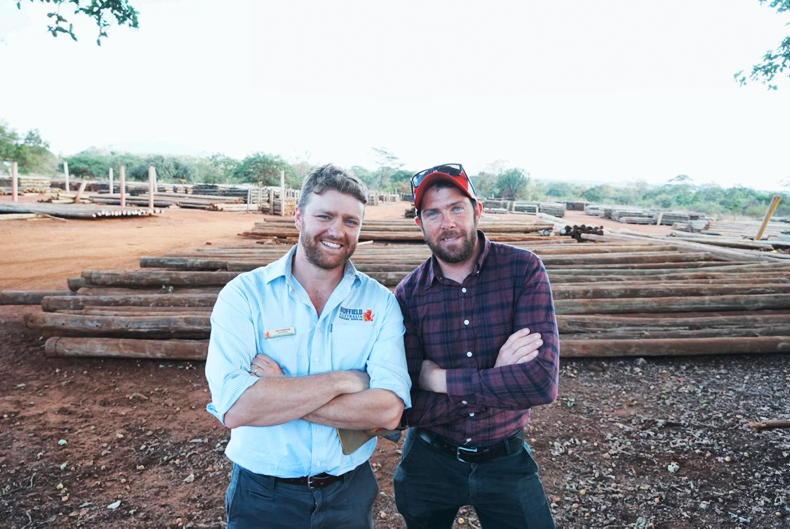

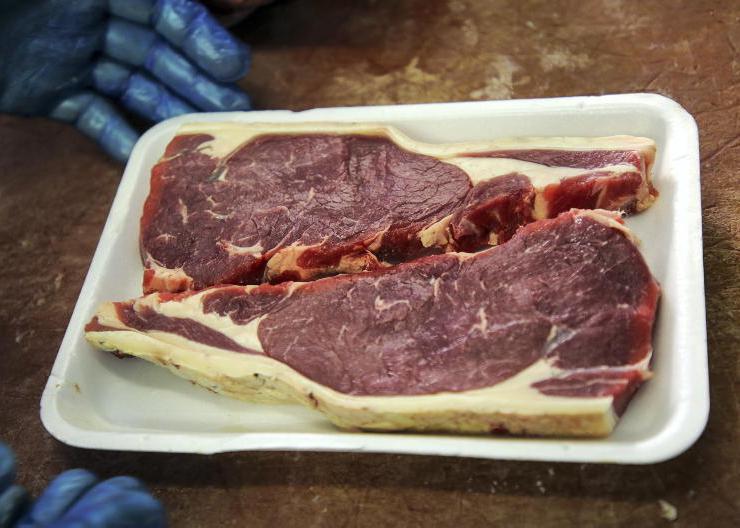
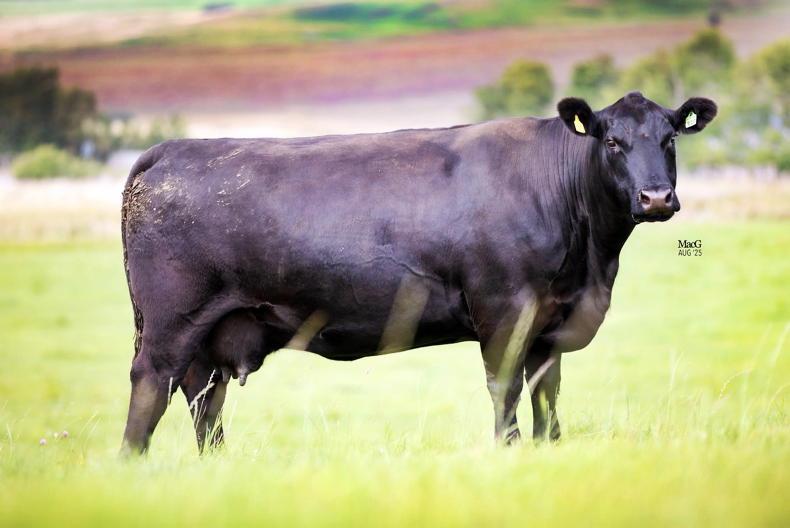
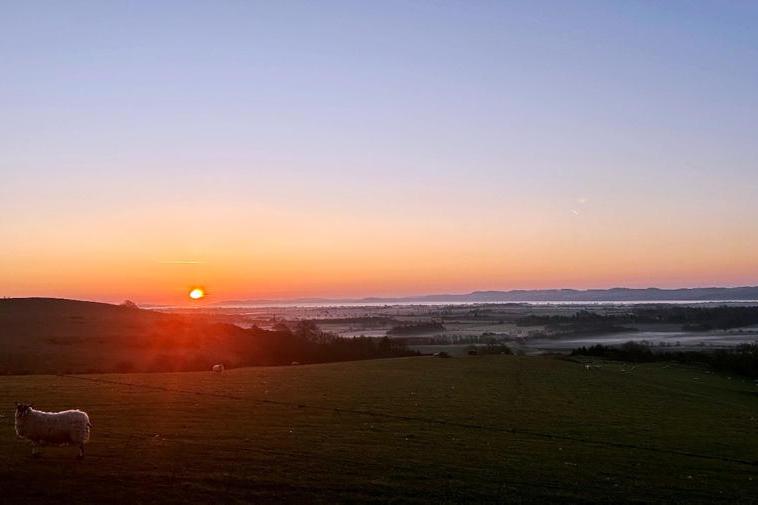
SHARING OPTIONS